The onset of Bell’s Palsy can be quite terrifying as the facial symptoms people experience are similar to a stroke. However, unlike stroke, the facial paralysis and speech difficulty of Bell’s Palsy does not occur with arm or leg weakness on one side of the body.
What’s the difference between Bell’s Palsy and a stroke?
Stroke:
- will occur suddenly
- does not usually affect the forehead (the person will still be able to raise their eyebrows)
- usually also includes weakness of a hand, arm or leg on one side of the body.
Bell’s Palsy:
- onset is not sudden, occurring over hours or days
- has some warning beforehand such as pain behind the ear, hearing or taste changes
- facial weakness or paralysis affects the entire half of the face including the forehead
- is not associated with hand, arm or leg weakness.
The name Bell’s Palsy came from a Scottish surgeon, Sir Charles Bell who discovered that if the 7th cranial nerve is damaged, facial paralysis occurs.
This nerve passes from the brain through a narrow corridor of bone on the way to the face. It affects tears, taste, saliva, ear sensation and the muscles that control facial expression. With Bell’s Palsy, the 7th cranial nerve becomes inflamed and swollen.
Other symptoms of Bell’s Palsy
From its onset, Bell’s Palsy can have a noticeable and frustrating impact on the quality of life of the person experiencing the condition. People can experience:
- pain around the jaw or behind the ear
- noise sensitivity
- facial pain, abnormal facial sensations
- speech difficulty especially with words starting with ‘b’ or ‘p’ because the muscles in the side of the face help with forming words
- difficulty chewing food
- difficulty closing one eye
- excess tears in affected eye
- dry eye
- drooling from one side of the mouth
- loss of taste sensation on the affected side of the tongue
- mouth and/or eyelid droop
- streaming nostril on affected side due to loss of muscle control around nose.
Things that can trigger an attack of Bell’s Palsy
There is quite a list of potential causes or risks that can result in an episode of Bell’s Palsy:
- Pregnancy – especially the third trimester or first week after giving birth
- Pre-eclampsia
- High blood pressure
- Obesity
- Diabetes
- Ear infection
- Trauma (often as a result of a head injury)
- Upper respiratory infection e.g. flu or cold
- Viral infections e.g chicken pox, shingles, mumps, rubella
- Impaired immunity due to stress, sleep deprivation, autoimmune conditions
- Lyme disease.
There is some good news…unless you have a family history of repeated Bell’s Palsy attacks (through a genetic link) then it is rare for it to come back.
The path to recovery
Fortunately, most people fully recover from Bell’s Palsy with or without treatment, but it can take a while – anywhere from 6 weeks to 6 months. It is very important to look after the affected eye and mouth.
Eye care –
- If the eye can’t close on blinking, the affected eye can get very dry. Use drops or artificial tears to keep the eye moist during the day and an ointment at night.
- The cornea of the eye is not protected if the eyelid is not closing. To avoid any scratches to the cornea some people may need to wear an eye patch during the day and surgical tape at night.
- Wear sunglasses.
- Wear protective glasses if your job or activity involves dust or debris.
Mouth care –
- Food gets lodged around the teeth and gums on the affected side.
- Clean mouth well after eating.
- Have tissues or cloths ready for drooling and spillage that can happen when eating.
- Straws can make drinking easier and less messy.
Certain medications may be given or physical therapy recommended to improve the chance of a full recovery:
Steroids (prednisone) – if given early after onset (within three days), prednisone can decrease the chance of nerve damage. Steroids decrease the swelling of the facial nerve so the nerve fits more comfortably in the bony corridor that surrounds it.
Antivirals –If Bell’s Palsy is caused by a virus such as shingles, oral antiviral medicines such as aciclovir and valaciclovir may decrease the severity of the attack.
Analgesics – pain relievers such as paracetamol and anti-inflammatories as well as the use of moist heat can help to treat pain.
Facial massage or acupuncture– can help relieve pain and improve facial nerve function as well as preventing paralysed muscles from shrinking and shortening.
Facial exercises – exercising the facial muscles helps to stimulate the facial nerve. As movement returns, exercises help to tone the muscles. Exercises use a combination of exaggerated facial expressions including raised eyebrows, a wrinkled nose, flaring of the nostrils, lifting one corner of mouth, then the other, smiling showing teeth then smiling with mouth closed, frowning.
Surgery – cosmetic or reconstructive surgery is an option to fix a permanently crooked smile or an eyelid that won’t close.
While there are similarities in the symptoms of Bell’s Palsy and a stroke, it is extremely important to recognize the symptoms of a stroke quickly. If in doubt as to whether it is stroke or Bell’s, treat it as a stroke first. The sooner medical treatment for a stroke begins, the better the chance of recovery.
Stroke signs – act FAST
Face -drooping on one side
Arm – weak on one side (leg may be weak also)
Speech – jumbled or slurred
Take action – call 111






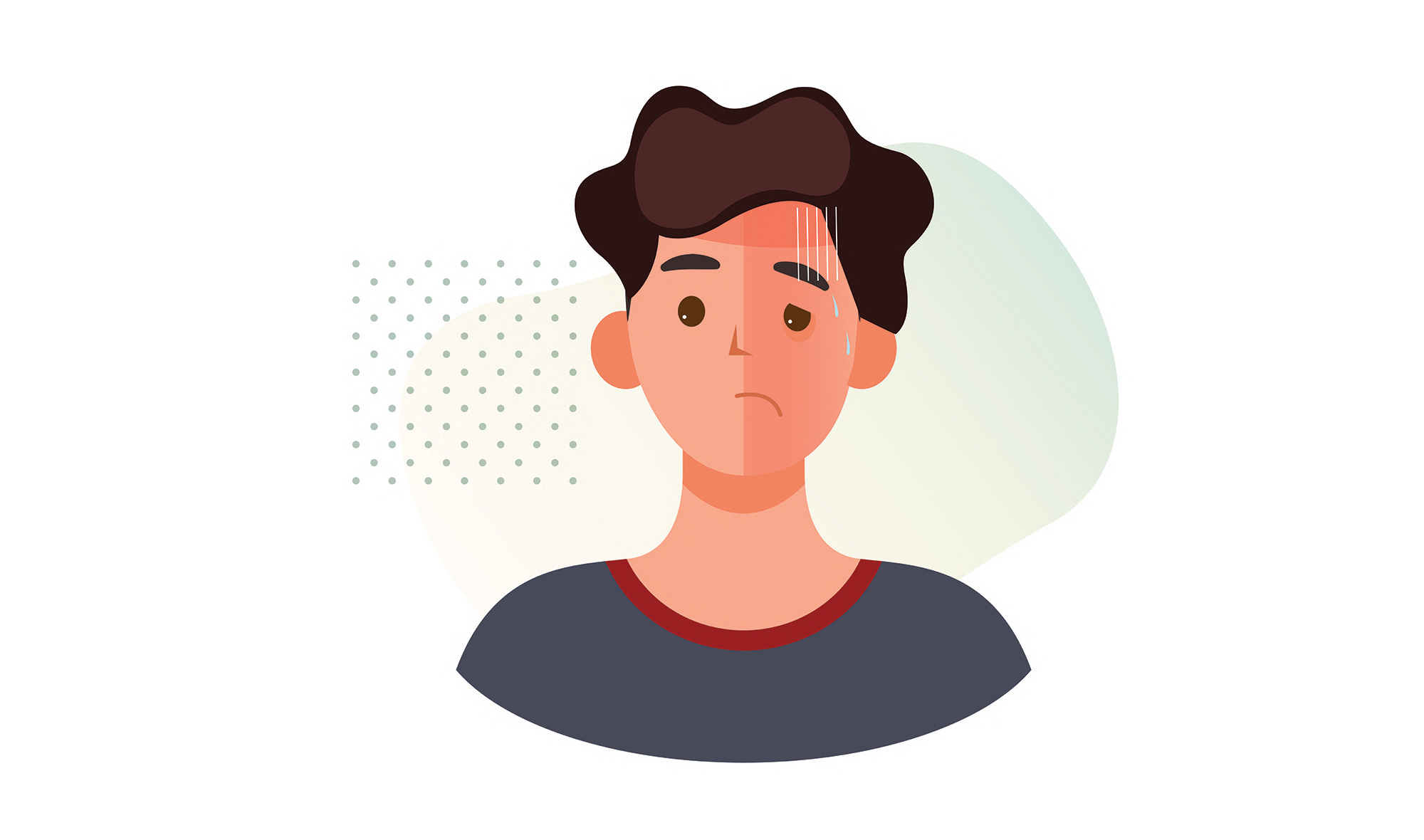

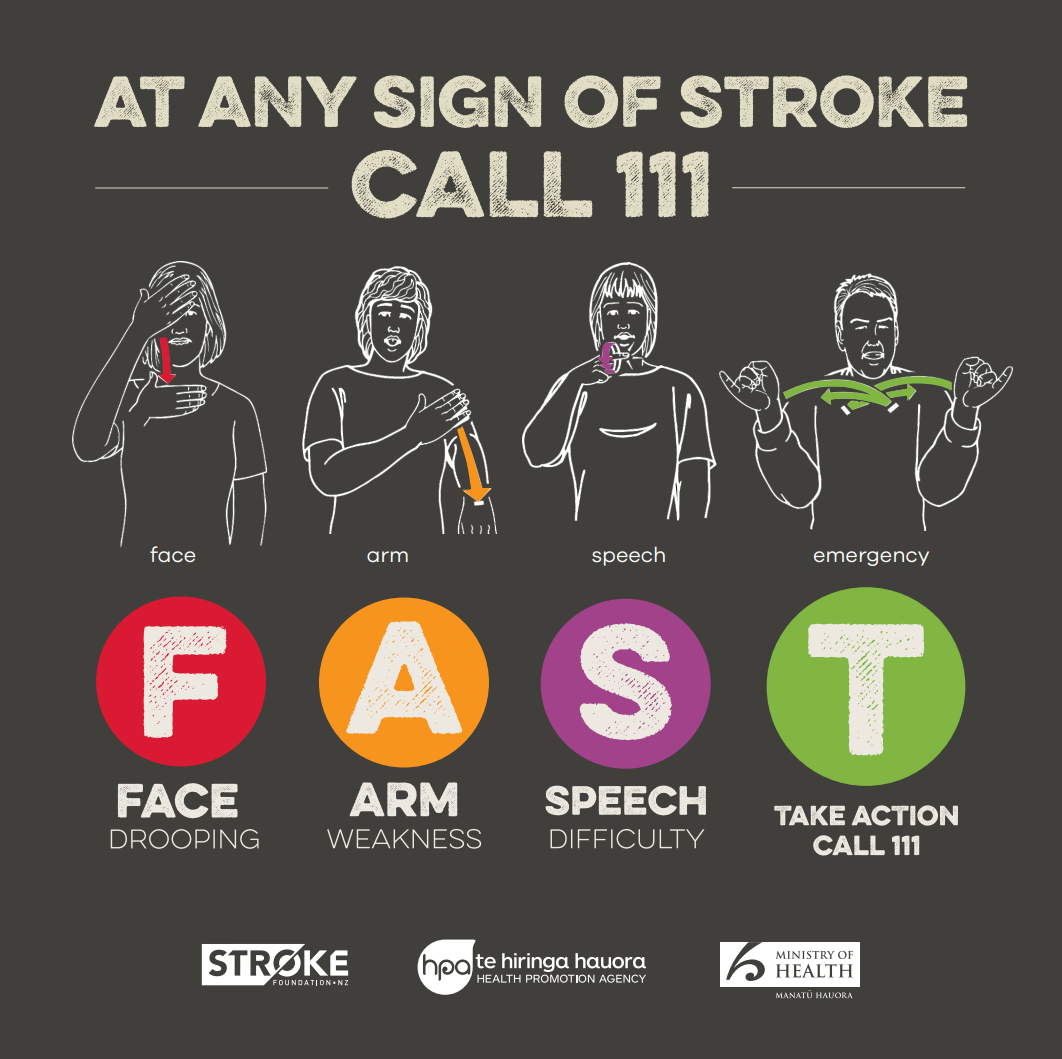

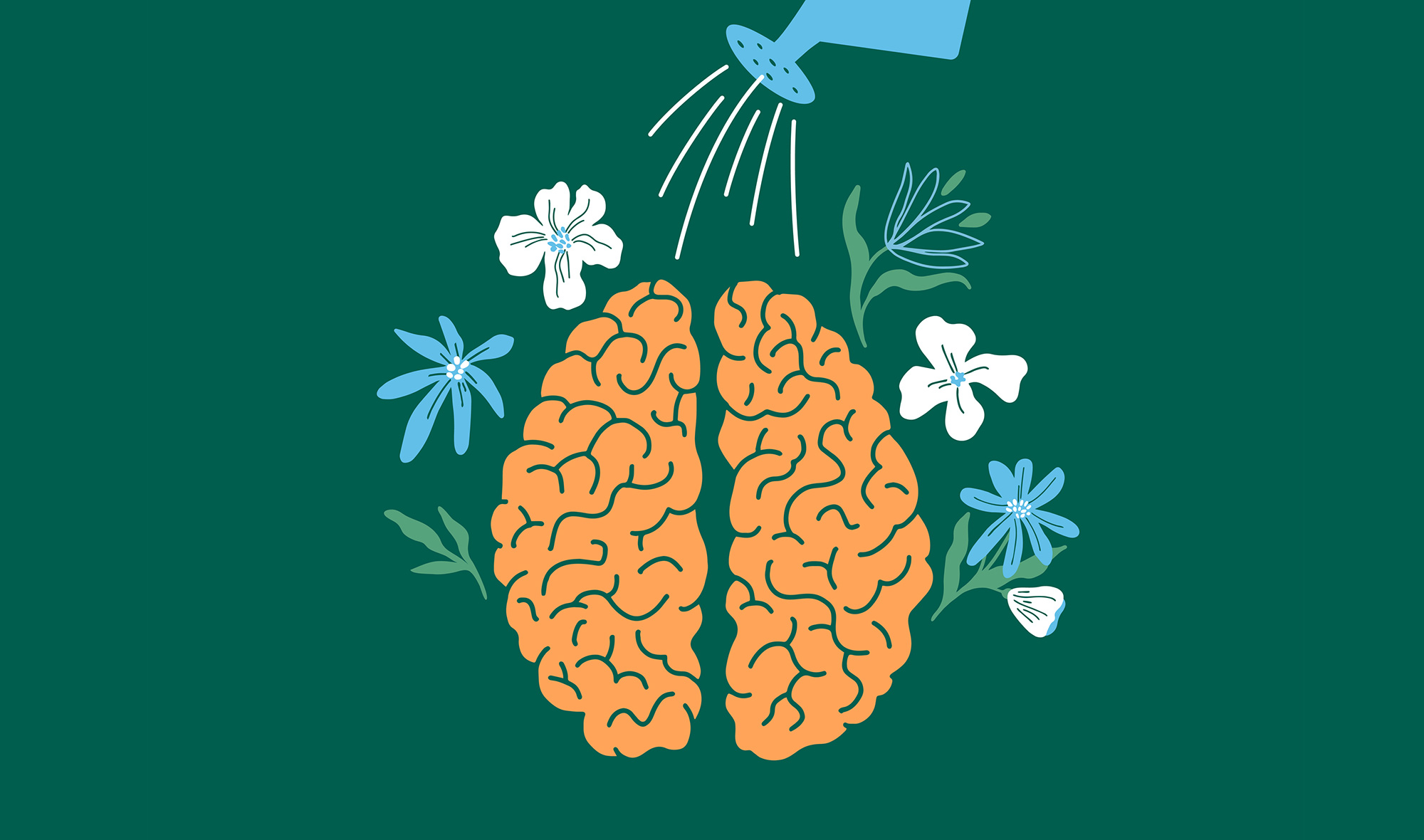

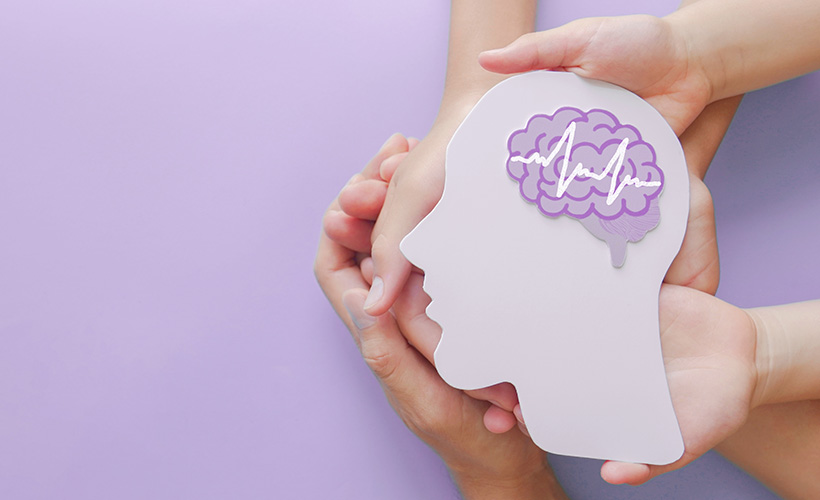




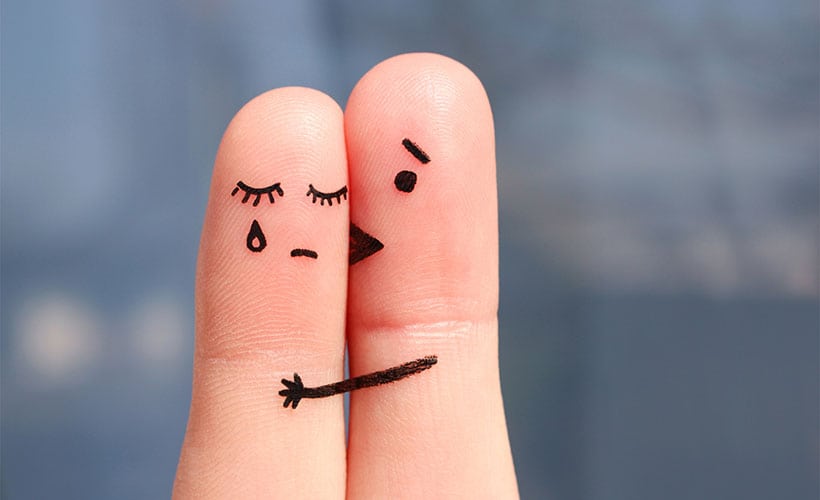

Community